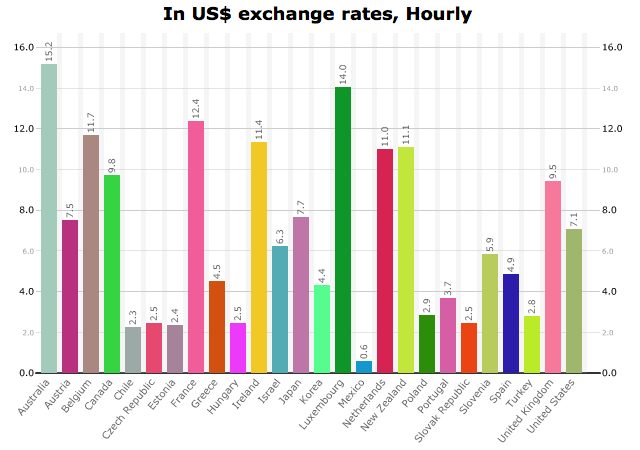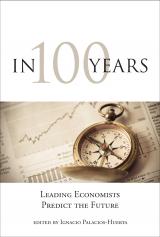Anita Elberse’s [amazon_link id=”0571309224″ target=”_blank” ]Blockbusters: Why Big Hits and Big Risks are the Future of the Entertainment Business[/amazon_link] is published in the UK in January (it was out in the US earlier in 2013). It’s a clear and well-written series of case studies in how various branches of the entertainment business – movies, pop music, TV shows, books, sport – rely on a ‘blockbuster’ strategy as a business model.
[amazon_image id=”0571309224″ link=”true” target=”_blank” size=”medium” ]Blockbusters: Why Big Hits – and Big Risks – are the Future of the Entertainment Business[/amazon_image]
The economic analysis underlying the argument is not new. It can be traced back to Sherwin Rosen’s 1981 paper on the Economics of Superstars. I wrote about the way digital technologies were amplifying the superstar effect in my 1996 book, The Weightless World (pdf). However, Blockbusters provides plenty of examples of how the analysis translates to the real world. There are many interesting case studies in the book, albeit all American. Elberse also shows very convincingly how the blockbuster business model stacks up, based on her research experience talking to many of the firms she describes – she cites the revenue and cost data for specific movie releases, for example. A Harvard Business School professor, she clearly has terrific experience across a range of entertainment industries, and the details are fascinating. If you can afford to market a new release or title at scale, you’d be an idiot not too.
This means the [amazon_link id=”184413850X” target=”_blank” ]Long Tail[/amazon_link] idea is largely wishful thinking. The profit margins from the handful of blockbusters might support the production of a long tail but it isn’t even the case that there will always be a long tail because producers don’t know which will become hits. For although there is indeed great risk involved in releasing a possible blockbuster, few films or books or albums become blockbusters without a deliberate marketing effort. And scale in marketing is almost always decisive; the book cites a few grassroots successes, such as Lady Gaga’s first album, but they are obviously exceptional. So this means there is little prospect of Hollywood moving away from the model of putting resource including marketing into successful franchises, and most of what will be on offer will be of the same ilk as Harry Potter I to VII, The Hunger Games I to N, etc. Celebrities will only grow larger and more monstrous.
The book ends on the suggestion that the blockbuster strategy is going to have to be adopted by a growing range of businesses. Elberse gives the examples of Apple and Victoria’s Secret for their successful deployment of spectacle around a few products. “Apple releases fewer products and product variations than virtually all its competitors in computer hardware,” she writes. It makes just a few bets, in both production and marketing, in contrast to its competitors.
If I were an executive in any of the entertainment businesses, I’d regard this book as a must-read and consider its lessons very seriously. As a citizen, and a non-American, I found it a bit depressing. As a non-American because the US economic advantage of the scale of the domestic market is becoming even more pronounced than ever; the benefits of that scale are often overlooked anyway. They are even greater in digital markets where fixed costs (including or especially marketing) are high, and marginal cost is low to zero. As a citizen because – although it would be overstating things to say everything is becoming Hollywoodised and dominated by celebrity – there is something in this.
It is obviously possible to declare independence from popular US-originated or US-inflected celebrity culture, and graze around the vast steppes of the internet for other cultural products. Other countries do succeed in different ways in supporting their own culture. There are different kinds of celebrity – Professor Brian Cox as well as Lady Gaga. Still, it seems it will have to be an increasingly active decision to opt out of Celeb-land. [amazon_link id=”0099518473″ target=”_blank” ]Brave New World[/amazon_link]?


